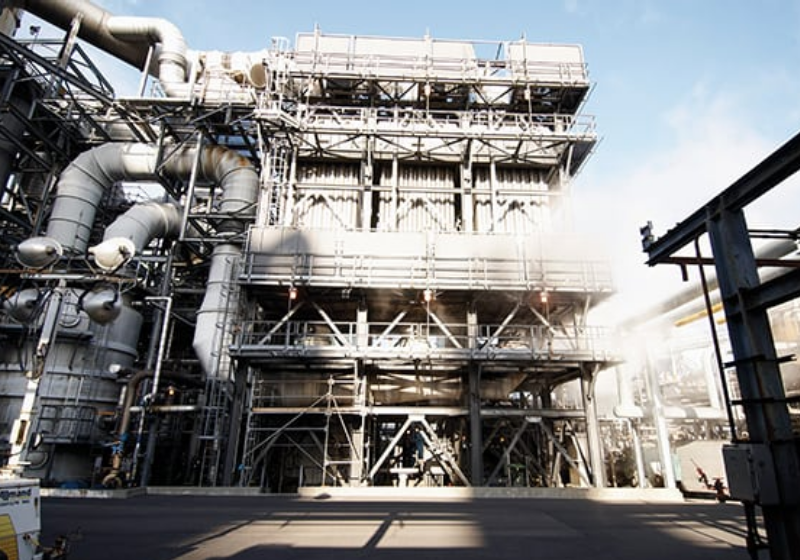Metallurgical Plants Washing Wastewater Treatment
The washing wastewater in metallurgical plants are mainly blast furnace gas washing water, open hearth furnace and converter flue gas washing water, dedusting wastewater in sintering and coking processes, non-ferrous metallurgical furnace flue gas washing water.
Wastewater Characteristics
The common characteristics of this type of wastewater are:
- Contains a large amount of suspended solids, SS content of 600-3000 mg/L, mainly iron ore, coke powder, and some oxides.
- With large changes in water quality.
- High water temperature, generally above 30C,.
- The wastewater also contains highly toxic cyanide, sulfides, phenols, inorganic salts, and metal ions such as zinc and pickaxes.
- The cyanide content varies depending on the smelting of pig iron and manganese iron, ranging from 0.1 to 2 mg/L and from 20 to 40 mg/L, respectively.
Blast Furnace Gas Washing Water
Blast Furnace Flu Gas Washing Water
The suspended solids in the washing water of blast furnace flue gas for producing special pig iron (such as iron) are difficult to settle, and coagulants are usually used for coagulation and sedimentation. In addition to precipitation method, magnetic agglomeration method, magnetic filtration method, and high gradient magnetic separation method can also be used for treatment. After being dehydrated and dried through vacuum filtration or pressure filtration, the sediment can be used as a raw material for sintering.
The washing water for blast furnace flue gas is filtered using water quenched granulated slag from the blast furnace, which can not only remove suspended solids but also reduce the hardness of the water, which is beneficial for water quality stability and is an economical and effective method.
Open Hearth Furnace and Converter Flue Gas Washing Water
Both open hearth and converter steelmaking processes produce flue gas washing wastewater. The quality of the wastewater varies greatly due to different steelmaking processes or different times during the same steelmaking process. Typically, the pH value is 6-12, the water temperature is 40-60C, the suspended solids are 2000-10000 milligrams per liter, and it also contains chemicals, nitrates, and other substances.
This wastewater treatment method involves first using a hydrocyclone or other coarse particle separator to remove large particles above 60 microns, and then settling in a sedimentation tank to remove suspended fine particles. Due to the small particles and the thermal convection of water, the natural precipitation effect is not good. Therefore, it is necessary to add coagulants, or use magnetic coagulation method, sometimes combining magnetic coagulation method and polymer flocculant, which is economical and effective. The wastewater can be reused after clarification. After dehydration and drying, the precipitated sludge can be used as sintering raw materials or made into pellets as steel making coolant.
Visit www.evuchina.com for more informations!

#QDEVU #WATERTREATMENT #WASTEWATERTREATMENT #SEWAGETREATMENT #SEWAGEWATERTREATMENT #SLUDGETREATMENT #SLUDGEDEWATERING
#WATERFILTER #WATERFILTRATION



